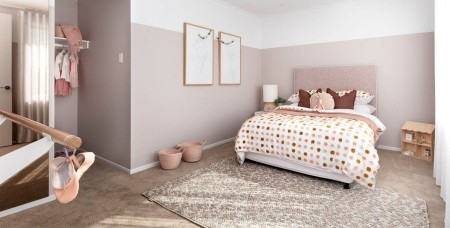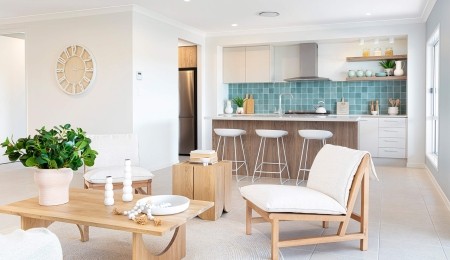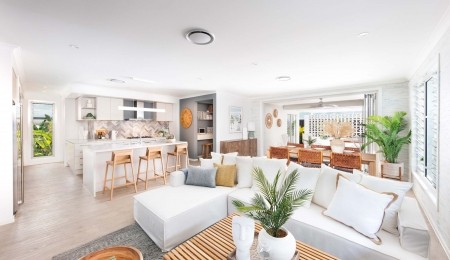Decorating 101: Interior Design Basics

Have you ever stepped into a room that instantly felt like a warm hug? That's the power of good interior design. It's more than just furniture placement; it's a skill anyone can learn to create a haven that reflects their unique style.
This blog is your personal toolkit for unlocking the secrets of interior design. We'll guide you through the essential steps, from mastering the art of space planning to wielding colour like a pro. We'll equip you with the knowledge and confidence to create a haven that's both beautiful and functional, a true reflection of the unique you. So get ready to unleash your inner designer and embark on a journey to transform your house into the home you've always dreamed of!
Understanding Interior Design
Interior design is the art of enhancing the interior of a space to achieve a healthier and more aesthetically pleasing environment. Its roots can be traced back to ancient Egypt, where the wealthy adorned their homes with beautiful murals, sculptures, and finely crafted furniture.
This art has evolved over the centuries, incorporating diverse styles and techniques from various cultures. Today, it involves coordinating all the design elements such as furniture, colours, and lighting to create a smooth flow and symmetrical balance.
What is Interior Design?
Interior design encompasses the planning and designing of interior spaces to improve functionality and visual interest. Unlike mere decoration, which focuses on aesthetics, interior design involves space planning, considering vertical lines, natural forms, and geometric forms to achieve the right balance and visual weight.
It includes furniture layout, lighting, and texture to create harmony within a particular area or entire home.
While decorators focus on patterns and decor, interior designers address the underlying architecture and structural elements of a room. Good interior design improves life quality by creating spaces that are functional and beautiful, enhancing lighting, and optimising the use of space.
Principles of Interior Design
Understanding the principles of interior design is essential for creating a space that feels cohesive and inviting. Let's explore in detail these fundamental concepts to enhance your own home:

Balance and Harmony
Balance in interior design refers to the even distribution of visual weight within a room. Balance gives the impression of equilibrium in design, distributing furniture and decor evenly. There are three types: symmetrical (mirrored elements), asymmetrical (different but equally weighted objects), and radial (arranged around a central point like a coffee table).
Harmony coordinates objects and colours for an integrated design, achieved by grouping furniture, using similar colours and textures, or creating a focal point. This ensures the space feels cohesive and well put together.
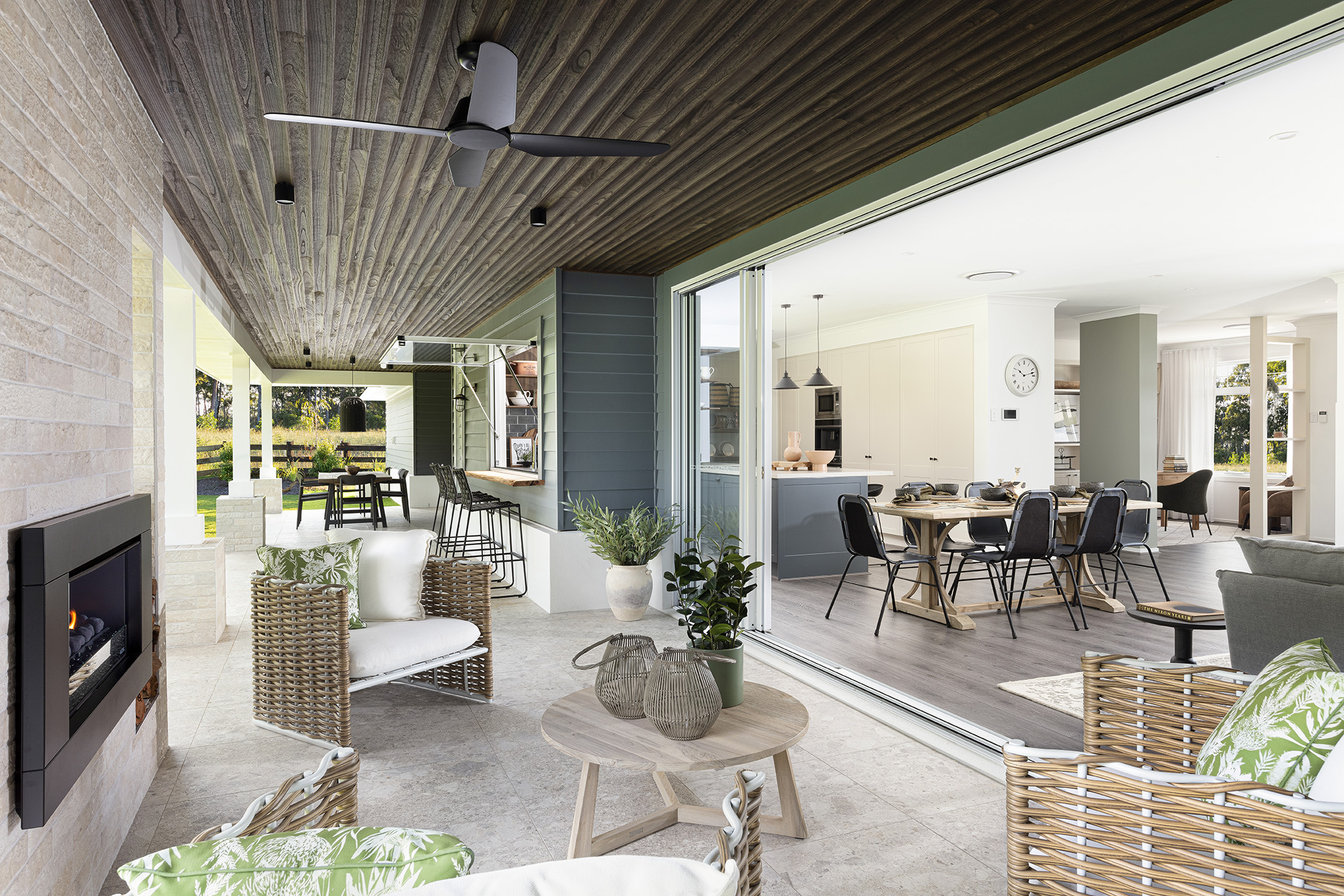
Rhythm
Rhythm in design guides the eye across a room, creating a sense of movement and flow. It is achieved through techniques like repetition, progression, contrast, and transition. For example, repeating a pattern or a colour throughout the space establishes rhythm.
Contrast can be created by placing different styles of furniture together, while transition might be achieved with an arched doorway or a row of windows. This movement adds visual interest and keeps the design dynamic.

Proportion and Scale
Proportion and scale are crucial for achieving a balanced and harmonious space. Proportion refers to the relationship between the size of objects within a room, while scale pertains to the size of objects relative to the human body or the overall space.
For instance, a large sofa in a small room can overwhelm the space, while a tiny coffee table in a larger room might look out of place. Ensuring the right balance of these elements is key to a comfortable and visually pleasing design.
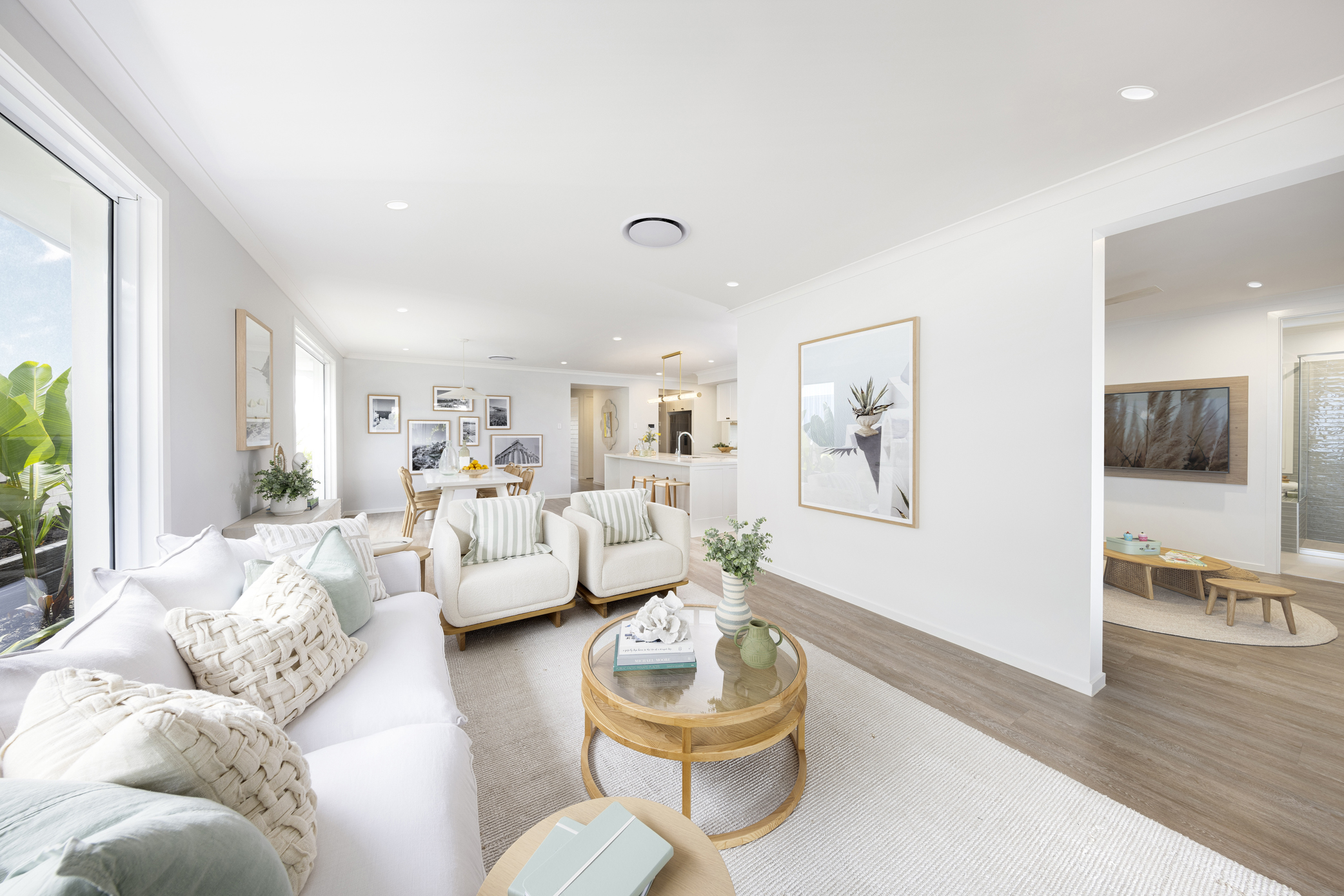
Emphasis and Creating a Focal Point
A focal point draws attention and gives the eye a place to rest. It's a central feature that anchors the room and sets the tone for the style. Focal points can be created with artwork, furniture, or architectural features like a fireplace.
For example, placing a bold piece of art above the sofa or using a statement light fixture can establish a striking focal point. This element helps to organise the space and guides the arrangement of other design elements around it.

Working with Colour
Interior design and working with colours are intrinsically linked, as colours can transform a room, setting the tone and creating a particular mood. By understanding colour theory, you can effectively enhance your space and draw attention where needed.
Colour Theory for Interior Design
Colour is the most important element in creating the desired mood in a room. An interior designer knows that colours can also be used to draw attention away from architectural flaws. For instance, the darkest tones work well on the floor, mid-tones on the walls, and the lightest tones on the ceiling.
The basic principles of colour theory involve understanding the colour wheel, complementary colours, and analogous colours. Complementary colours are opposite each other on the wheel and create vibrant contrast, while analogous colours are next to each other and offer a harmonious look.
The psychological impact of colours is significant. For example, blue can evoke calmness, while yellow can bring energy. Knowing this helps interior designers choose the right colours for different rooms.
Working with Patterns and Textures
Incorporating patterns and textures into your interior design can dramatically enhance the visual appeal of any room. They add depth and interest, creating a dynamic and engaging space. Let's discuss it in depth:
Adding Depth and Interest
Patterns and textures play a crucial role in interior design by adding visual interest and depth to a room. They can transform flat, dull spaces into vibrant, dynamic areas. For instance, using natural materials like wood or stone can introduce rich textures that add warmth and character.
To mix and match patterns and textures effectively, start with a cohesive theme. Use a large pattern as a focal point, then layer in smaller patterns and textures to complement it. For example, pair a bold floral pattern with subtle stripes or geometric patterns.

Balance is key to avoid overwhelming the space. Use asymmetrical balance to distribute visual weight evenly across the room. Keep the square footage of the room in mind and ensure light and other elements are well-coordinated. This ensures a harmonious and inviting atmosphere, making the room feel complete and well-designed.
Decorating Your Space
Decorating your space is an exciting journey that transforms your house into a home. It’s about finding your unique style, selecting the right furniture, colours, and textures, and making thoughtful choices to create a cohesive, inviting environment that reflects your personality and enhances your home's aesthetic.
Tips for Getting Started
Here’s a step-by-step guide to help you begin your decorating project:
- Set a Budget: Determine how much you’re willing to spend on your decor. This helps you make informed choices, prevents overspending, and ensures you allocate funds to the most important aspects of your project.
- Define Your Style: Identify the style that reflects your personality. Browse magazines, websites, social media and our inspiration gallery for ideas. This helps you create a cohesive look that feels uniquely yours.
- Visit Display Homes: Check out display homes to see the latest interior design tips and trends. Brighton Homes has display homes across South-East Queensland, from the Sunshine Coast to Brisbane and the Gold Coast.
- Plan Your Layout: Sketch your room layout, considering light sources and furniture placement. Ensure a good flow and balance to create a functional and aesthetically pleasing space.
- Choose a Colour Scheme: Select a colour palette that complements your style. Consider how light affects the colours throughout the day to maintain the right mood in the room.
- Start with the Basics: Focus on key elements like walls, flooring, and lighting before adding smaller details. This sets a strong foundation for your overall decor.
- Add Personality: Incorporate personal touches with artwork, texture, and unique decor pieces. These details make your home feel uniquely yours and reflect your personal style.
- Stay Flexible: Be open to changing ideas as your project progresses. Sometimes the best concept emerges during the building process, leading to unexpected but delightful results.
Designing Your Perfect Brighton Home with MyChoice Design Studio
Exclusively for Brighton Homes customers, the MyChoice Design Studio is your one-stop shop to personalise your dream home down to the finest detail. Imagine browsing a curated selection of premium brands you know and trust like Fisher & Paykel, Colorbond, Taubmans, and Caesarstone.
The MyChoice Design Studio goes beyond a typical design showroom. Forget flipping through catalogs – here, you get an immersive experience. Explore thousands of products, materials, and electrical options, all meticulously chosen to offer a range that suits diverse tastes. Touch, feel, and experiment with everything from flooring and countertops to lighting and hardware. This interactive environment empowers you to truly envision and curate your dream space, turning it from a vision board into a reality you can walk through.
Bringing It All Together
We've explored the key principles of interior design: balance, harmony, rhythm, proportion, and emphasis. We've discussed the impact of colour, patterns, and textures. Now, it's time to apply these expert tips to your own home.
By understanding lines, forms, and the placement of design elements, you'll cultivate a space that embodies your individuality and fulfills your practical needs. Remember, every decision you make shapes the overall feel of your haven.
Unleash your inner creative and embark on transforming your space today! Visit our Design Gallery for a spark of inspiration, where you'll discover a range of curated styles – Classic, Coastal, Contemporary, Luxe, Urban, or Global. To delve deeper, explore our comprehensive guide on How to Choose the Right Home Design and unlock the secrets to building the perfect home.

